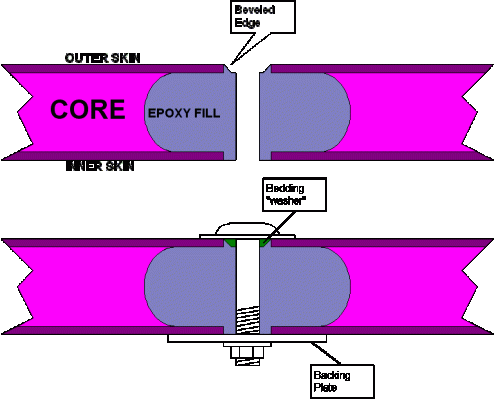Civilitas
Senior Member
- Joined
- Feb 20, 2018
- Messages
- 128
- Location
- Air
- Vessel Name
- M/V Peter Iredale ;)
- Vessel Make
- rusting hulk
So to preface, this is for a friend's sailboat I agreed to help them with.
This is a lovely, well maintained classic Pearson Renegade. The cockpit grab-rails leak through the base, and through the securing screw penetrations. I don't have a website to link pics to, though I have them.
What is the Bristol way to fix this? I am tempted to remove the screws and rails, re-assemble everything with 5200 fast.
This is a lovely, well maintained classic Pearson Renegade. The cockpit grab-rails leak through the base, and through the securing screw penetrations. I don't have a website to link pics to, though I have them.
What is the Bristol way to fix this? I am tempted to remove the screws and rails, re-assemble everything with 5200 fast.

